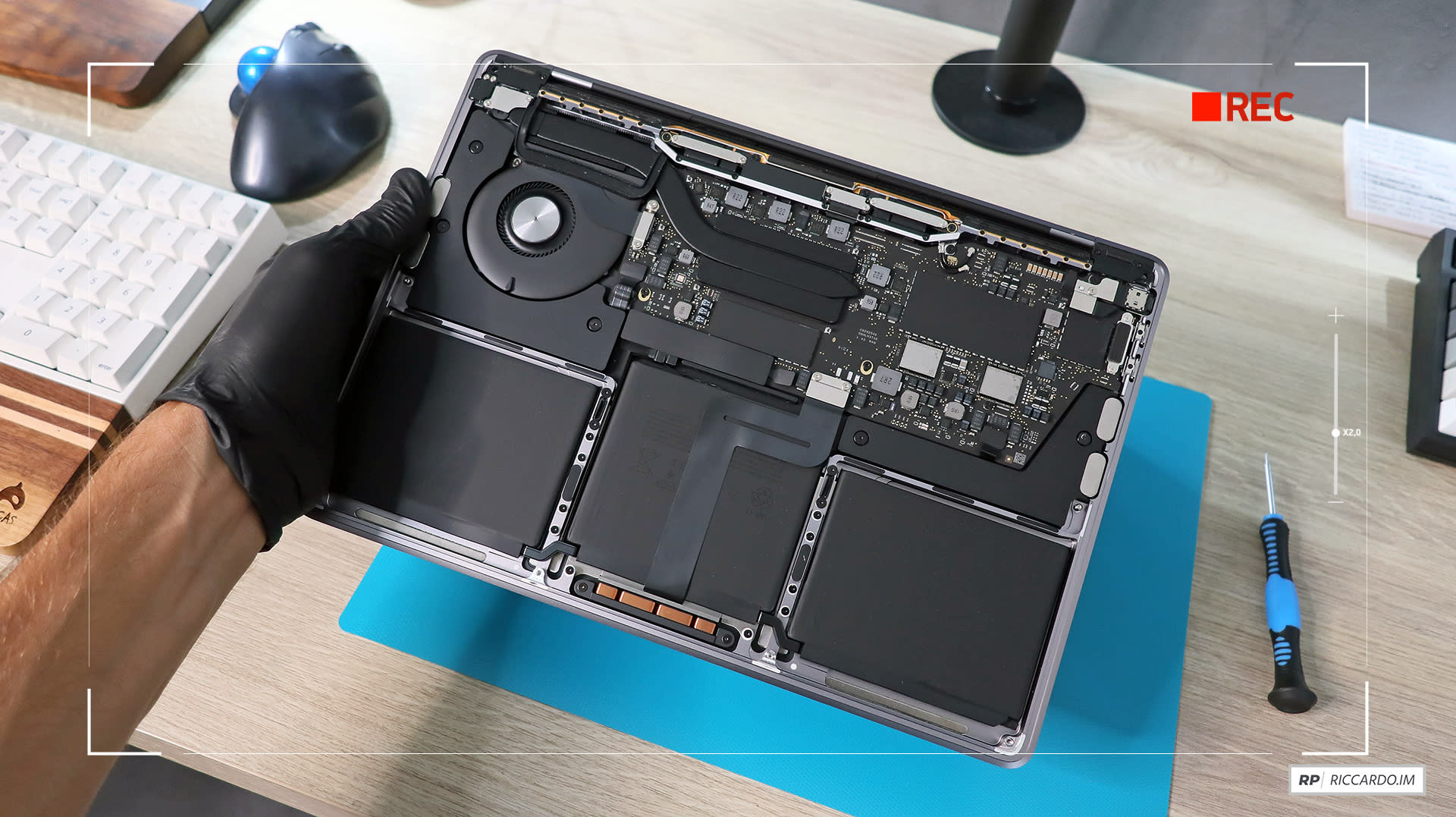

Second of all the device listed under NVMExpress has a model number prefix we’ve never seen before not Samsung or Toshiba, but rather an Apple-ish “AP”. First and foremost, a new section was available under the Hardware tree called NVMExpress. So imagine my surprise when I opened up the System Profiler to see under the hood, and found not one but two unexpected things. Consequently what I was expecting was a Samsung or Toshiba PCIe SSD soldered on to the logic board, similar to the SSD selection of Apple’s other devices. Which makes a lot of sense, as Apple choosing to save every last millimeter means a M.2 SSD would be out of the question, and meanwhile Apple has plenty of SSD suppliers to choose from, even for soldered designs. While we haven’t seen both sides of the MacBook’s logic board, and as a result can’t say with certainty how it’s laid out, from the side we have seen it's clear that we’re also looking at a soldered SSD. To be honest, prior to receiving the MacBook I wasn’t expecting anything particularly interesting for the laptop’s SSD.

It’s also simple to fine-tune the adjustable trackpad to suit your sensitivity preferences.Įnsure your Christmas morning is everything your family dreamed of by shopping for deals on coveted gifts like 2015 Apple MacBook Pro Laptops, Video Game Consoles, and more.The MacBook’s SSD: NVMe & an Apple Developed SSD Controller? Using what’s technically called haptic-feedback technology, this trackpad combines more precise cursor control with more pressure-sensing options, including a new gesture called Force Click, for additional functionality. Instead, when pressure sensors located under the four corners of the pad's glass detect pressure, the electromagnetics fire off a vibration that feels like a click to the user. The top hinge has been removed so that it does not physically click when depressed. The 2015 MacBook Pro Retina models were the first to introduce Apple’s click-free, pressure-sensing trackpad. What Are the Features of the Force Touch Trackpad? The 15-inch model comes with a quad-core Intel Core i7, 2.2 GHz processor installed, 16 GB of memory, 512 GB SSD storage, and an Intel Iris Pro Graphics processor. The 13-inch MacBook Pro model offers a dual-core Intel Core i5, 2.7 GHz processor with 8 GB of memory, 128 GB SSD storage, and an Intel Iris Graphics 6100 processor.The 15-inch MacBook Pro will run for about nine hours before needing a recharge. The battery life on the 13-inch model provides an estimated 10 to 12 hours of run time between charges.The 13-inch MacBook Pro weighs in at 3.46 pounds while the 15-inch model is a pound heavier at 4.46 pounds.The 15-inch MacBook Pro sports a 15.4-inch diagonal widescreen with a 2880 by 1800 native resolution. The 13-inch MacBook Pro features a 13.3-inch diagonal widescreen with a 2560 by 1600 native resolution. Both the 13-inch and 15-inch Apple MacBook Pro models offer high-resolution, LED-backlit Retina displays but in slightly different sizes and resolutions.Some of the differences between the two 2015 MacBook Pro Retina laptops are: What Are the Differences Between the MacBook Pro Retina Laptops?

Each model features an identical set of ports and connections: two USB 3.0 ports, two Thunderbolt 2 ports, an HDMI port, an SDXC card slot, and a MagSafe 2 power port. It’s a bit lighter than the 15-inch MacBook, and it may give you a few extra hours of battery life compared to the larger Apple laptop.īoth 2015 MacBook Pro models are 0.71 inches thick, and each includes a Retina display, stereo speakers, dual microphones, 3.5-millimeter headphone jack, FaceTime high-definition camera, backlit keyboard, and Apple’s Force Touch trackpad.


 0 kommentar(er)
0 kommentar(er)
